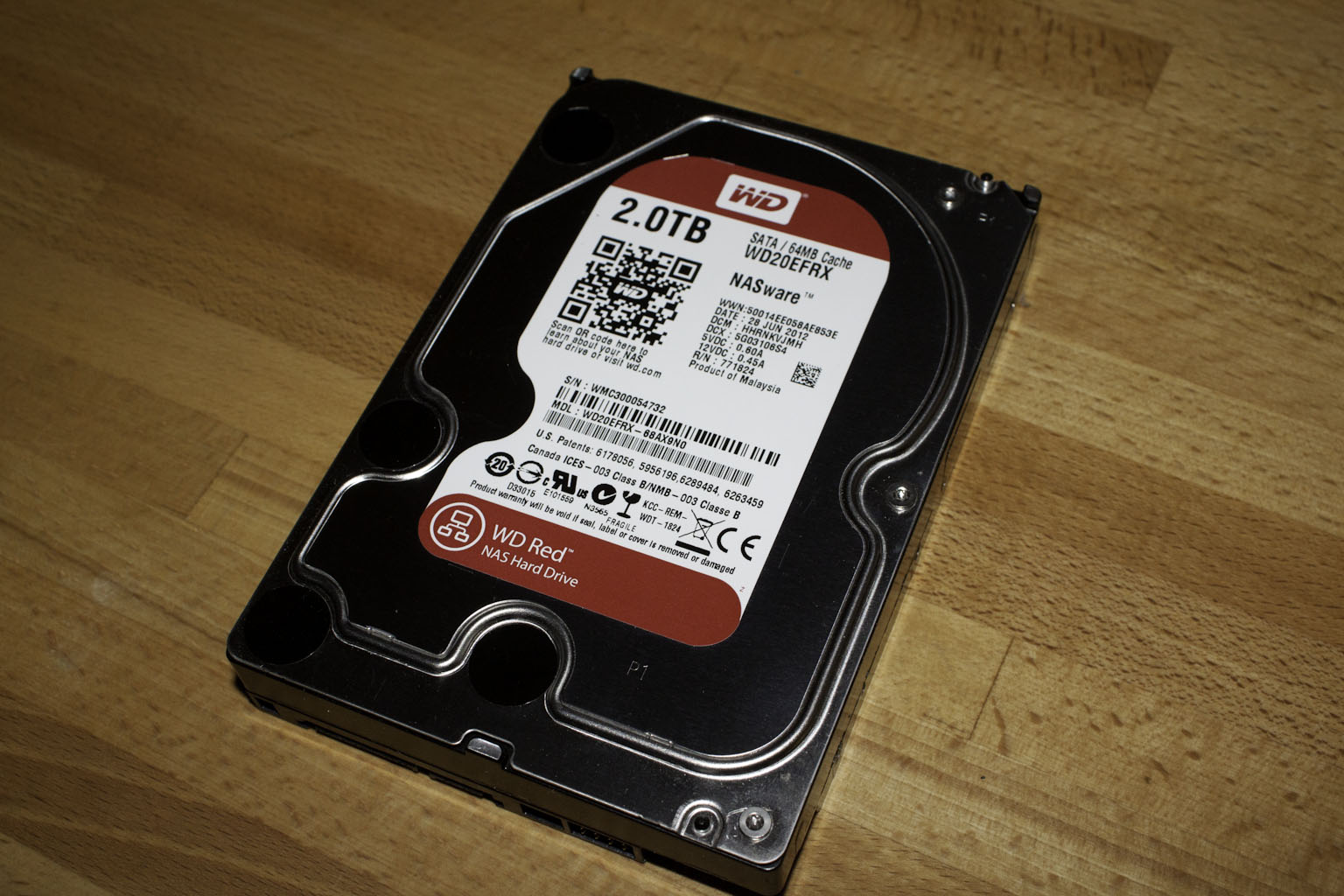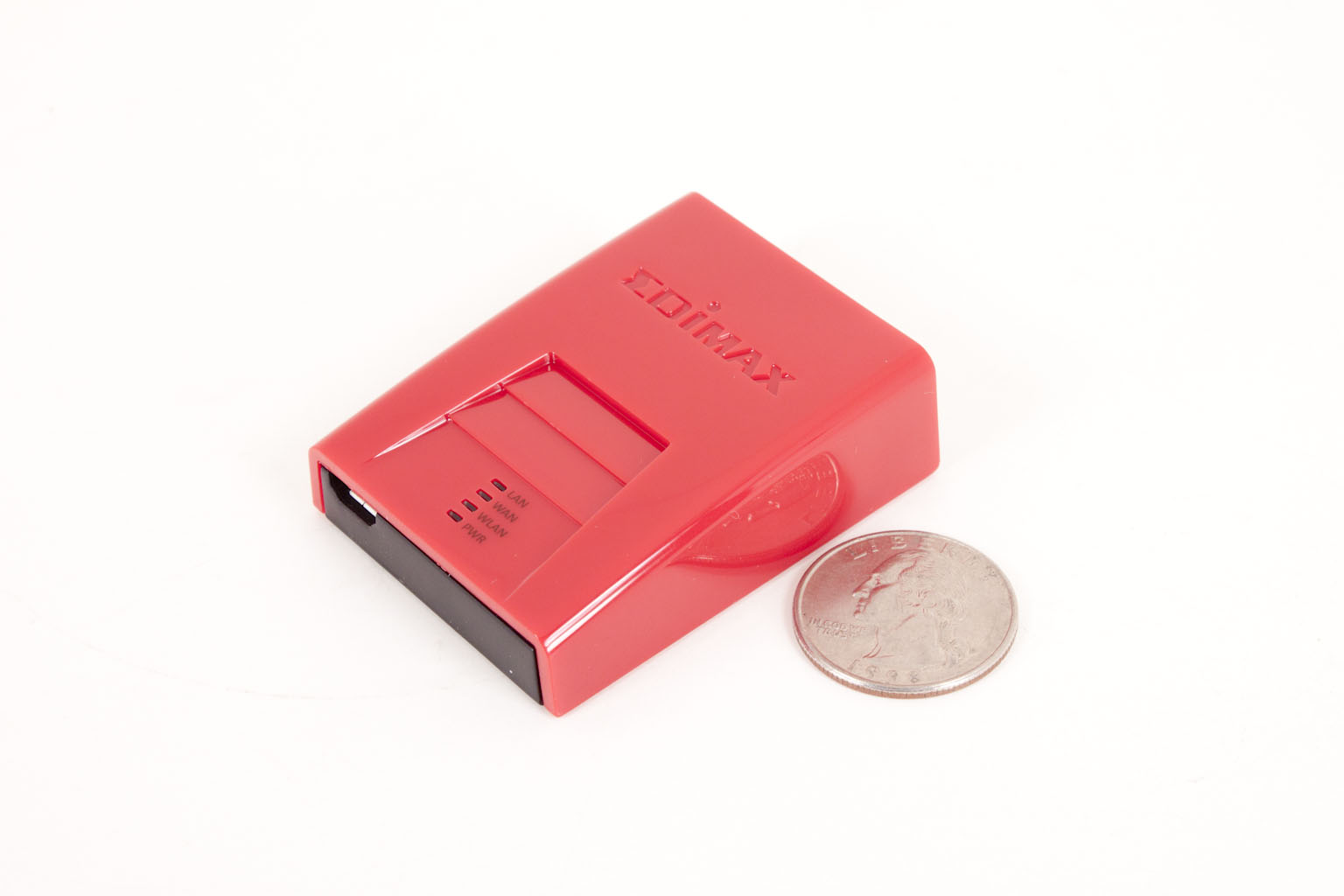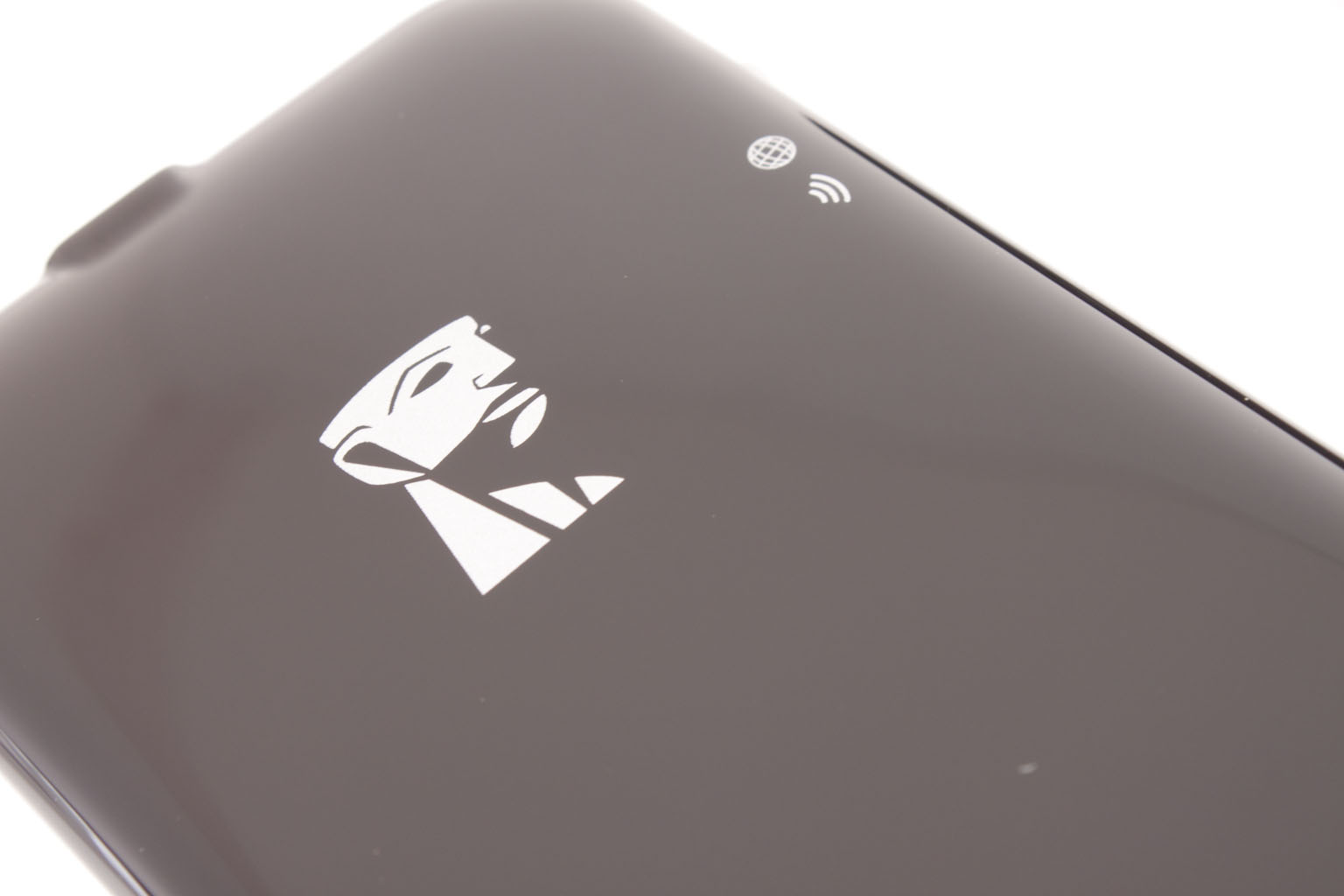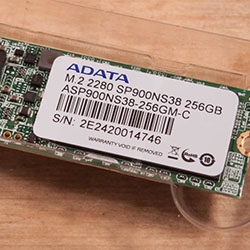Storage and Networking
The world of storage is evolving very quickly as the way PCs are built change. We have watched as the traditional single dive systems have given way to hybrid drives, multiple disk systems and even systems with additional cache in them. All of these measures are designed to give you more options for your system, but there is (at times) a limit to what can be done. This is typically the size of the drive. For years the typical disk was 3.5 inches and about ½ of what the common bay height was. With the original SSDs this dropped significantly and has been followed on by mSATA, mini-mSATA and now M.2. These offer high density storage in a very small package. Today we are checking out ADATA’s SP900NS38 256GB M.2 SATA SSD. Let’s see what kind of performance it offers shall we?
- Details
- By Sean Kalinich
- Hits: 44056
The need for a place to put your digital stuff is always going to be. There really is just no getting around it. The question is, do you want to trust your files to the cloud, or do you want to keep them in your possession? For some the cloud looks like an attractive alternative. It is inexpensive and you can access you information from anywhere you have an internet connection. At least the cloud used to be an attractive alternative until the news about how poor security is at many of these places along with the news that when you put your files online you lose some of your ownership rights. So what do you do when a bigger or external drive will do the trick? Well simply put a Network Attached Storage device is perfect for this. Almost all of them come with multiple drives in some form of RAID to protect your data and, in many cases, can be accessed from anywhere you have an internet connection. Today we are taking a look at a NAS from Synology that is aimed straight at the home. This is the two bay DS214SE 2200. So let’s dive in and see if Synology can do for the home what they have done for small to medium businesses.
- Details
- By Sean Kalinich
- Hits: 20880
 |
Over the years the need for more storage has exploded. I have seen systems with 750GB drive packed with pictures, MP3s and movies not to mention actual work files. It has become borderline ridiculous. Still we need to have better access to more space to store our stuff. To help with this many companies have begun manufacturing network attached storage devices. These are multi-drive products that can be connected to a home or small business network and used as a central spot for file storage. We have covered a couple of them and have a few more to show you in the future. The problem with many of these is that to keep costs down they are often shipped without drives. Many think that they can just buy a bunch of drives of the same size and throw them in. That does not always work though; we have run into a few cases where the NAS device did not work with a single range of drives or need a certain firmware revision to work with the drives. It becomes a frustrating game of finding the right drives to work with your NAS and also to get the best performance out of it. To help with this Western Digital have come up with a line of disk drives that are designed specifically to work with NAS devices. These are their new WD Red Drives. The WD Red Drives will come in 1-3TB sizes and should fall into line between the WD Green and Black Drives in terms of performance and price. Western Digital has sent us three of their WD Red 2TB drives for us to try out in two of the NAS devices we have here, so let’s see how they do.
- Details
- By Sean Kalinich
- Hits: 31100
Read more: Western Digital Launches Their New WD Red Line...
 Wireless networking is one of those things that we all have come to rely on. We tend to expect to be able to connect just about anywhere now. I mean, even McDonalds has wireless now so why shouldn’t we? But what do you do when you come across one of those places that either does not have it, has poor quality (like many hotels) or you are just concerned about your security when on those open networks? Well there are a few companies that have a solution to this and we are going to take a look at one from EDIMAX today. It is one of the world’s smallest 802.11n wireless routers the EDIMAX BR-6258n.
Wireless networking is one of those things that we all have come to rely on. We tend to expect to be able to connect just about anywhere now. I mean, even McDonalds has wireless now so why shouldn’t we? But what do you do when you come across one of those places that either does not have it, has poor quality (like many hotels) or you are just concerned about your security when on those open networks? Well there are a few companies that have a solution to this and we are going to take a look at one from EDIMAX today. It is one of the world’s smallest 802.11n wireless routers the EDIMAX BR-6258n.
- Details
- By Sean Kalinich
- Hits: 48552
Read more: EDIMAX BR-6258n Nano Wireless Router Impresses...
 Apple is famous for many things. They are famous for making the iPhone and iPad, they are famous for their never ending stream of patents for things that already exist and last but not least they are famous for making sure that you cannot use their mobile products without their approval. You see if you buy an iDevice your core file system is pretty much locked down. Now there are ways to get into the file system and move things around, but it can get messy and things do not always make the transition intact. The other side of this is that there is no way to add more storage to any of their products. It is not like an Android or Windows based tablet with an SD card slot or USB ports. So what can you do if you bought one of the 16GB non-3G iPads or if you only own the iPad touch? Kingston has an answer for you. Kingston has put their expertise in making flash drives to good use and attached a flash drive to a wireless controller that can also act as a wireless bridge. They are calling it the Wi-Drive and when you pair this up with the WiDrive app from the AppStore you might just have a relatively low cost answer to a lot of people’s needs. So follow along as we take a look at the $180 32GB Wi-Drive on a first generation iPad.
Apple is famous for many things. They are famous for making the iPhone and iPad, they are famous for their never ending stream of patents for things that already exist and last but not least they are famous for making sure that you cannot use their mobile products without their approval. You see if you buy an iDevice your core file system is pretty much locked down. Now there are ways to get into the file system and move things around, but it can get messy and things do not always make the transition intact. The other side of this is that there is no way to add more storage to any of their products. It is not like an Android or Windows based tablet with an SD card slot or USB ports. So what can you do if you bought one of the 16GB non-3G iPads or if you only own the iPad touch? Kingston has an answer for you. Kingston has put their expertise in making flash drives to good use and attached a flash drive to a wireless controller that can also act as a wireless bridge. They are calling it the Wi-Drive and when you pair this up with the WiDrive app from the AppStore you might just have a relatively low cost answer to a lot of people’s needs. So follow along as we take a look at the $180 32GB Wi-Drive on a first generation iPad.
- Details
- By Sean Kalinich
- Hits: 22825




